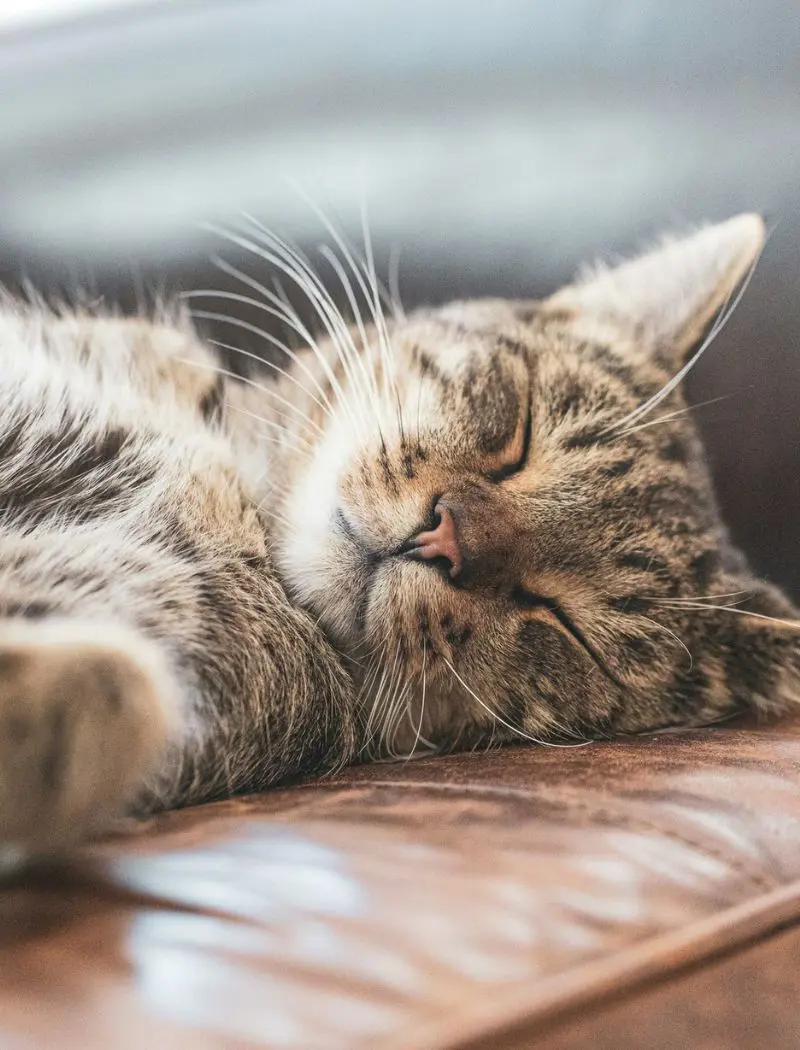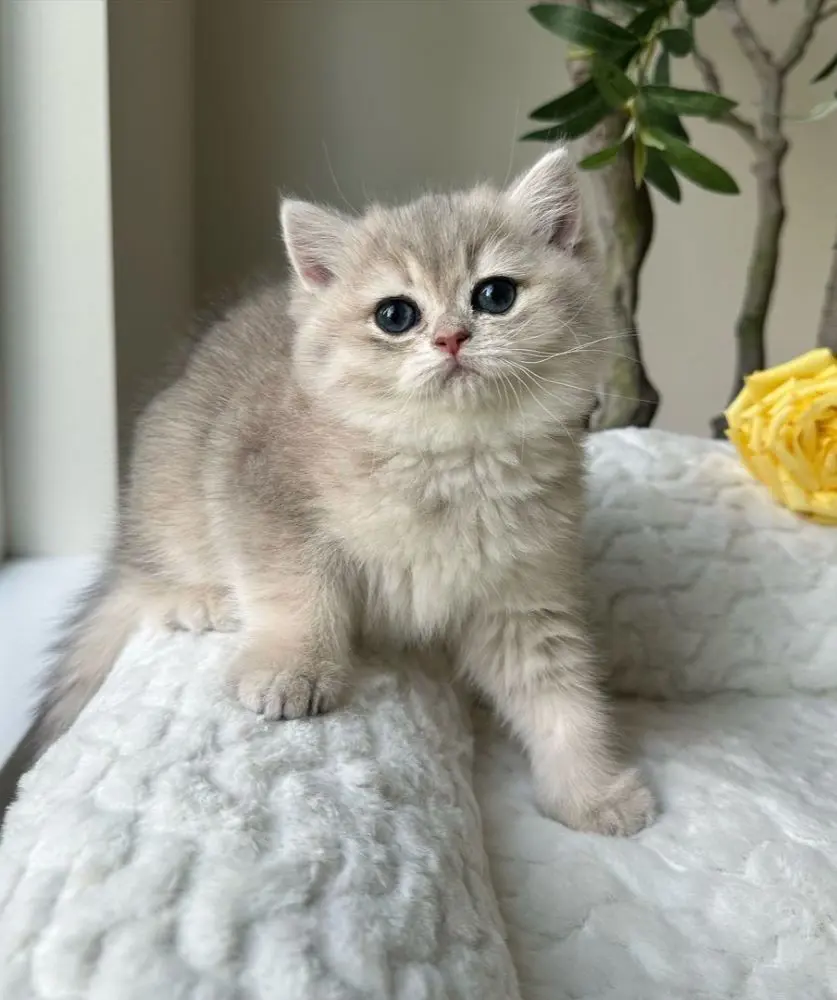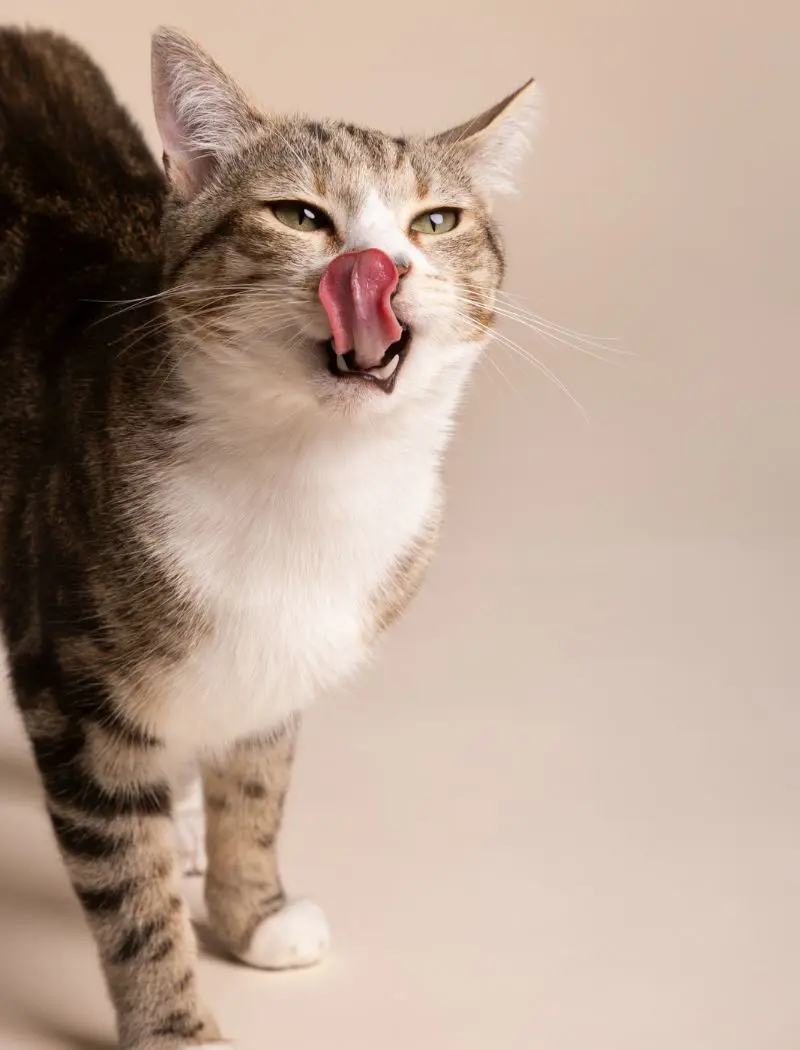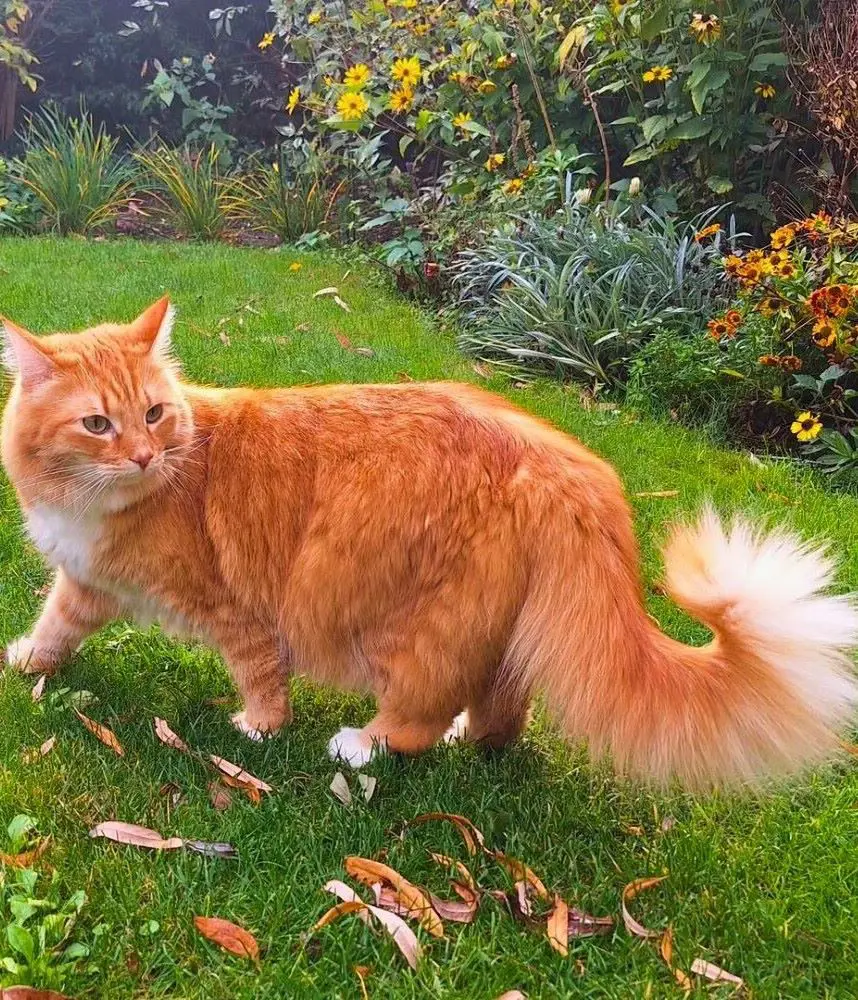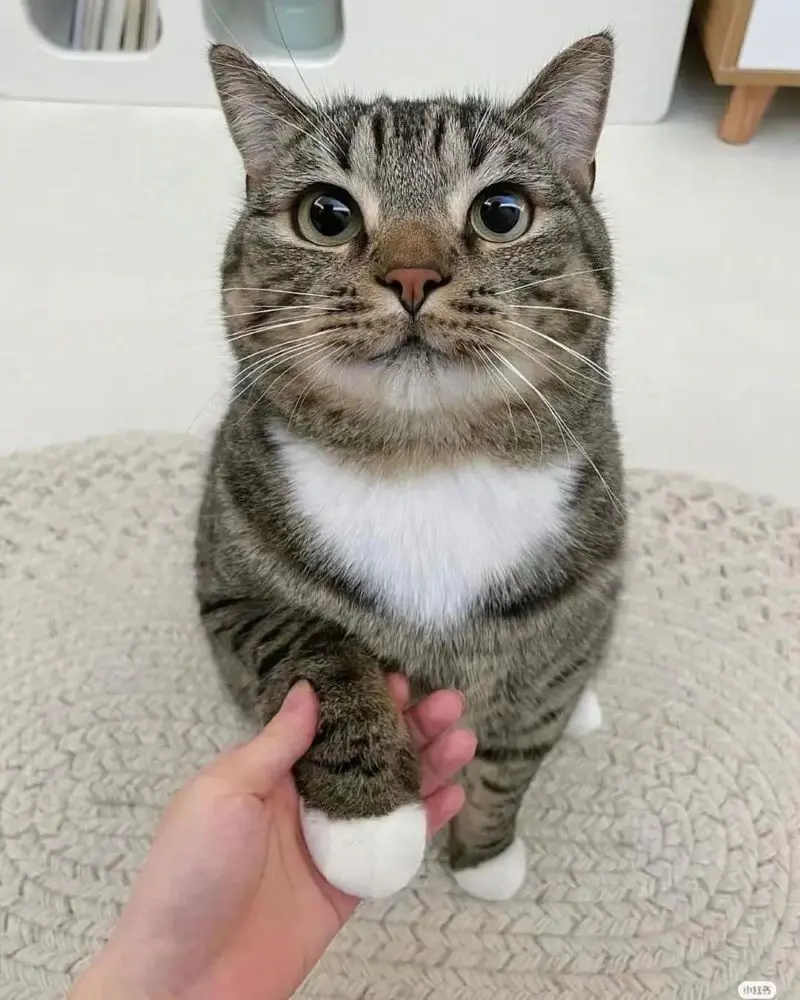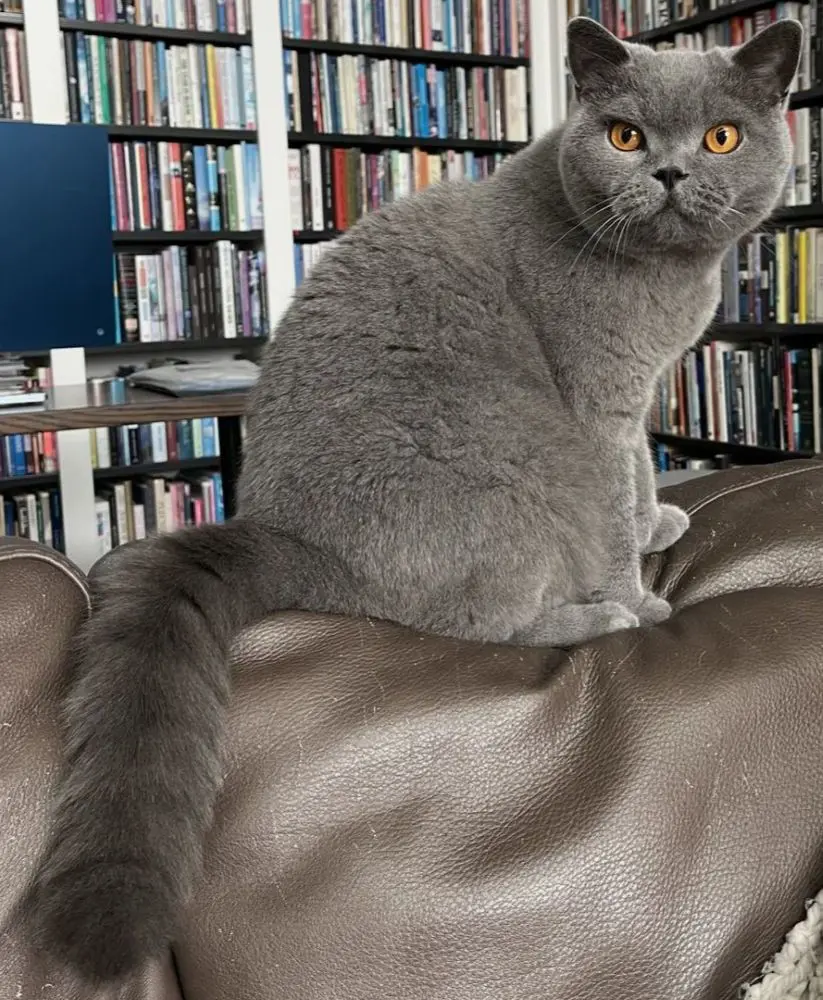15 Amazing Facts About Tortoiseshell Cat
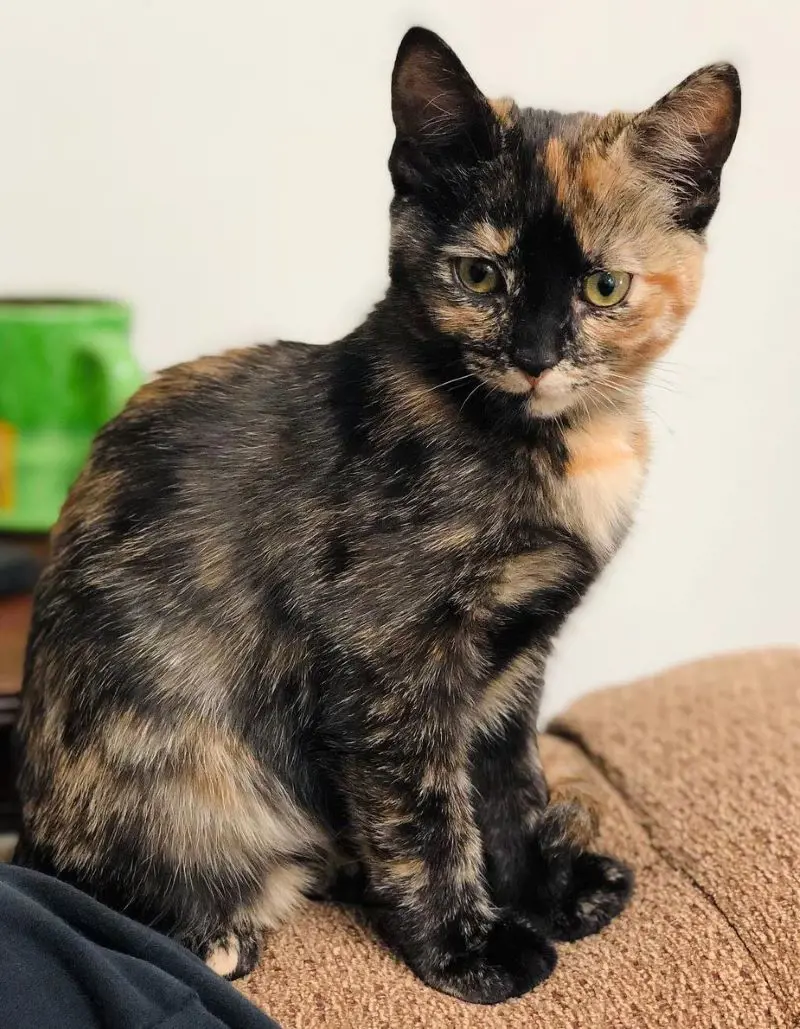
Tortoiseshell cats, also known as torties, are a type of cat with a unique coat pattern. Its fur is characterized by a mix of two colors: black or dark brown and orange or red.
The pattern can vary greatly, with some cats having patches of color that blend together smoothly, while others may have a more distinct, mottled appearance.
What makes tortoiseshell cats truly unique is that their coat pattern is almost exclusively found in females. This is because the color genes responsible for tortoiseshell patterns are linked to the X chromosome. Besides their striking appearance, these cats are often known for their distinct personalities. Let's get to know some fascinating facts about the unique cat.
1. Tortoiseshell Cat Is Not A Breed
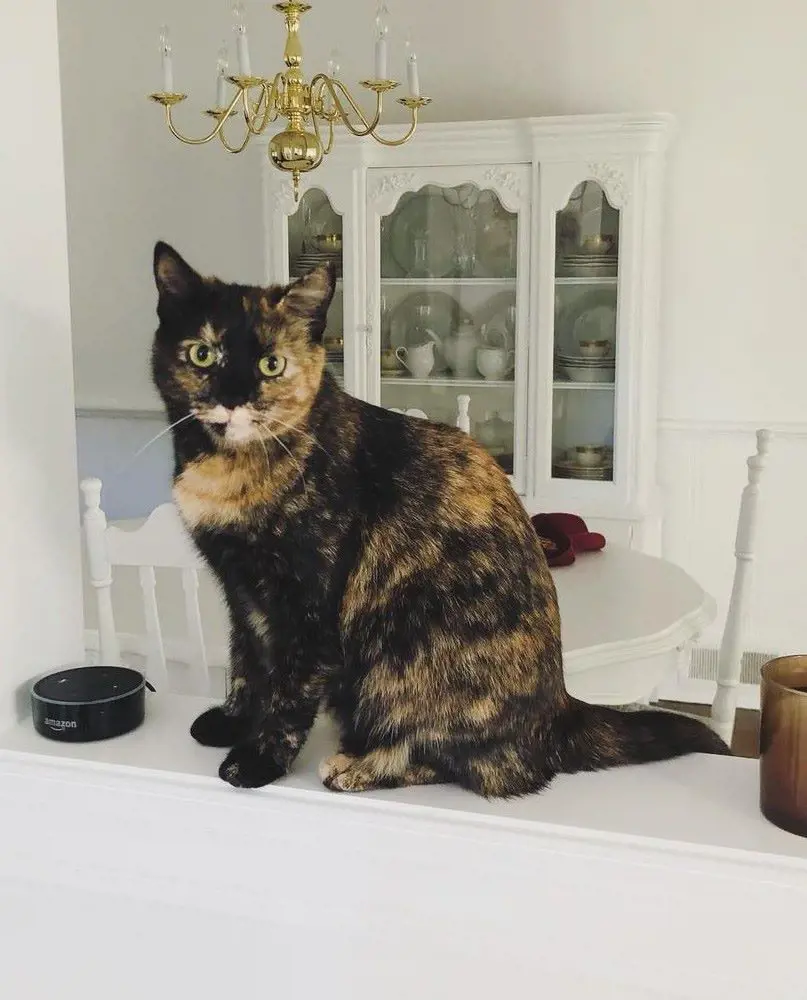
The tortoiseshell cat is not a breed but a coat color pattern as it is determined by genetics and found in various breeds of cats. Unlike a breed, which refers to a specific group of cats with consistent physical characteristics, the tortoiseshell pattern can be seen in cats of different breeds.
The most common breeds with this feature include the Domestic Shorthair, Maine Coon, Persian, or Siamese. This coat color pattern is the result of a specific gene combination, known as the X-linked gene.
2. They Come In Multiple Colors
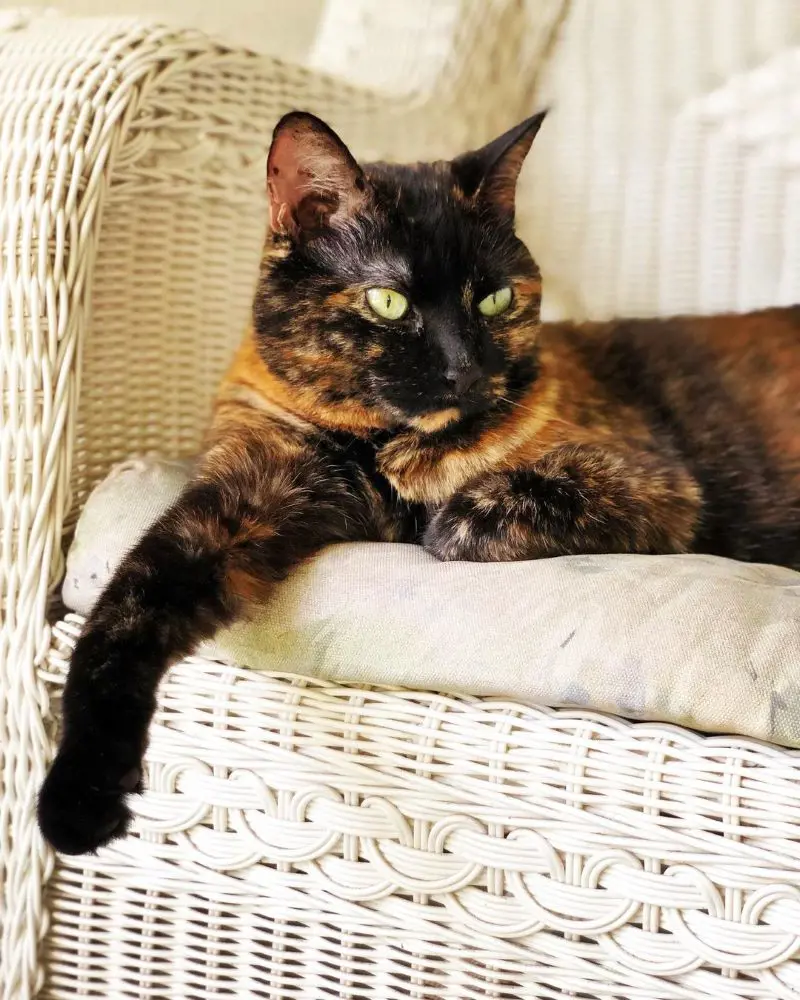
The tortoiseshell cat is characterized by a mix of black, orange, and sometimes white fur. Their coats primarily consist of a blend of two colors: black and orange. The color distribution can vary from cat to cat, resulting in a wide range of coat patterns. The black and orange patches can be blended together, forming a mottled or brindle appearance.
These cats can also exhibit additional coat patterns such as tabby stripes, calico spots, or even white patches. These patterns add further complexity and uniqueness to their appearance. The combination of vibrant colors, intricate patterns, and the distinctive blend of black and orange is what makes the cat truly unique.
3. Male Tortoise Shell Cats Are Extremely Rare
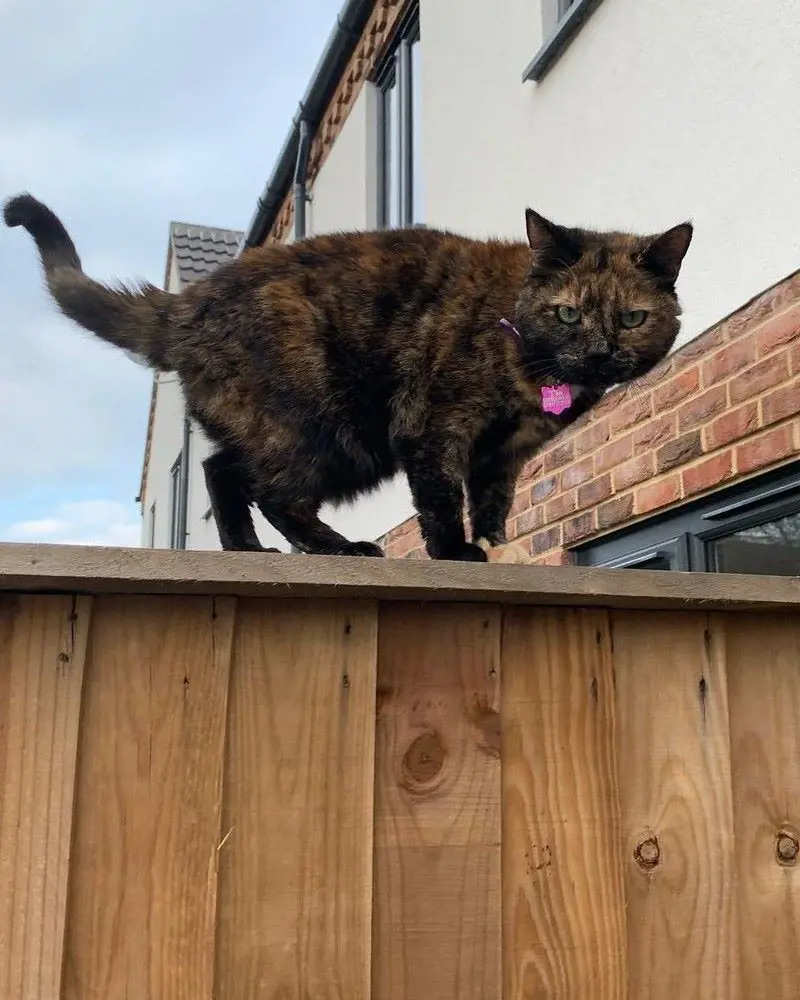
Male tortoiseshell cats are rare, occurring in approximately 1 in 3,000 cases. The coat colors of these cats are determined by the presence of two specific genes: the orange gene (O) and the black gene (B). Females possess two X chromosomes, allowing them to carry both the orange and black genes. However, males have only one X chromosome, so they can either be orange (carrying the O gene) or black (carrying the B gene), but not both.
Male tortoiseshell cats usually occur as a result of genetic abnormalities, including chimerism or genetic mosaicism. These conditions can cause a male cat to possess two different populations of cells, each with a different color gene. However, these occurrences are still infrequent.
4. Male Cats Are Sterile
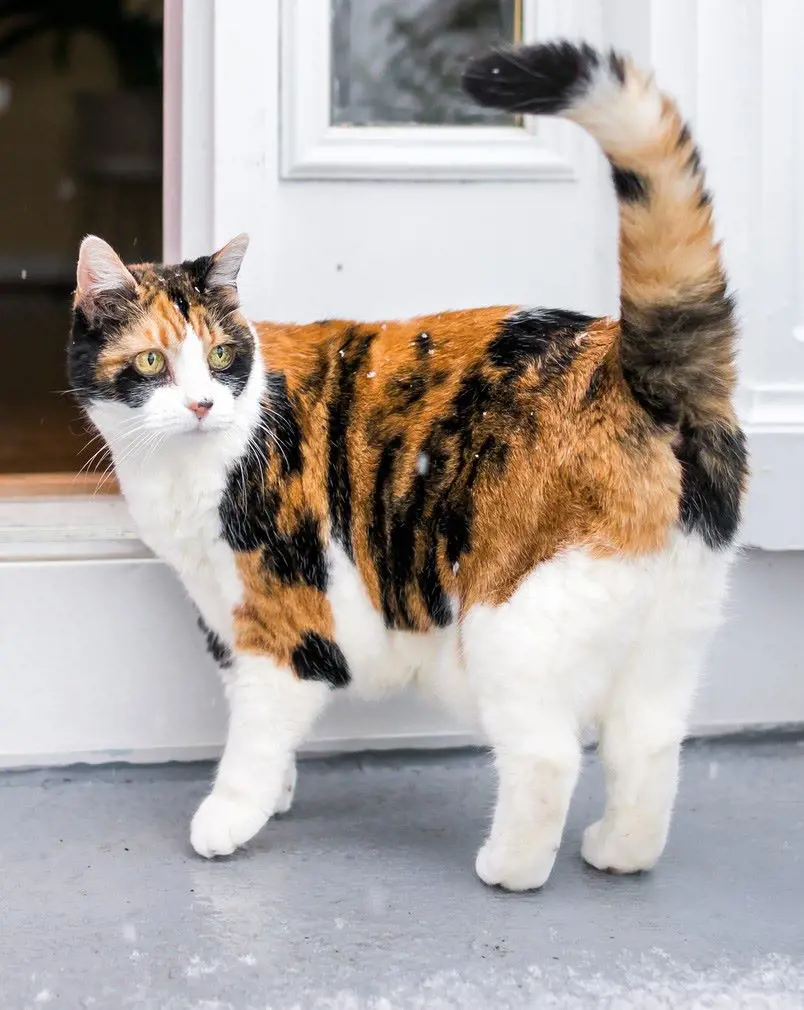
In addition to being extremely rare, male tortoiseshell cats are also sterile, meaning they can't reproduce. Even in cases where a male tortoiseshell cat does exist, it is often due to genetic abnormalities. Males can only have the desired coat pattern if they have an extra X chromosome (XXY), which may cause infertility or other health issues.
During the development of a male embryo, one X chromosome is normally inactivated to prevent the development of female characteristics. In tortoiseshell cats, both X chromosomes remain active. However, this disrupts the normal development of the male reproductive system.
The specific mechanisms behind the infertility of male tortoiseshell cats are not completely understood. It is believed that the abnormal presence of two X chromosomes interferes with the proper formation of the testes, leading to impaired sperm production or other reproductive abnormalities. As a result, male tortoiseshell cats are unable to produce viable sperm.
5. They Have A Sassy But Curious Personality
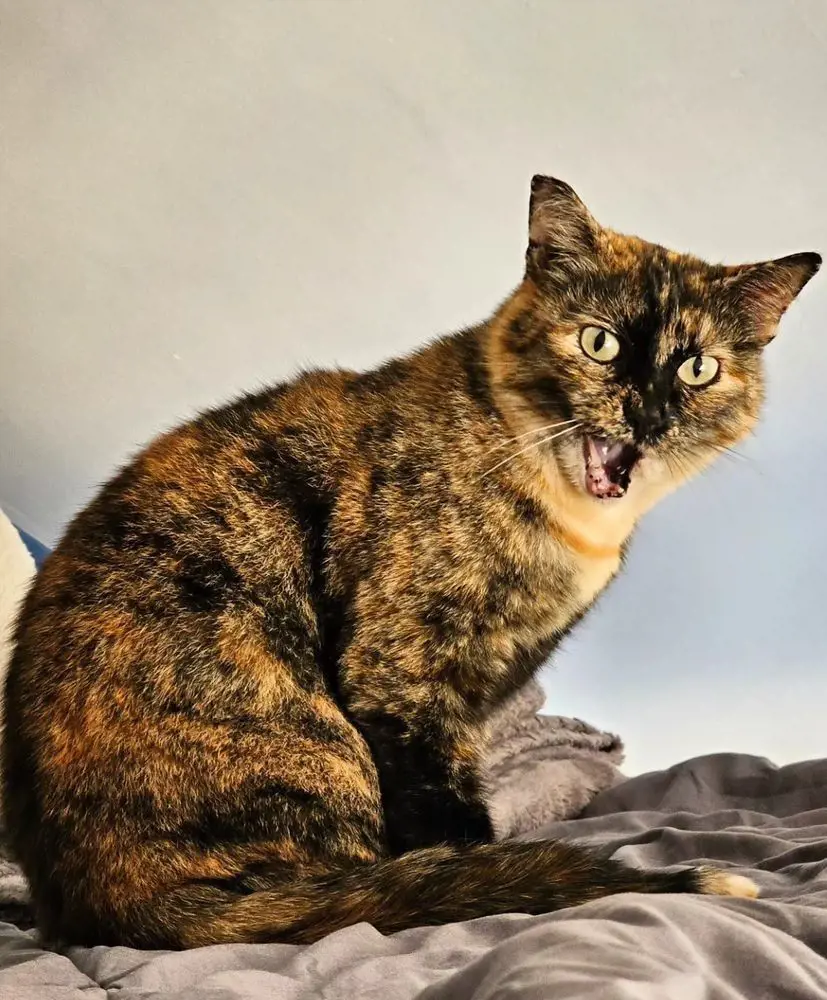
Tortoiseshell cats are often described as being sassy, spirited, and full of personality. They tend to have a strong-willed nature and can be quite independent. While every cat has its own individual personality, tortoiseshells normally show feisty and assertive behavior.
These felines are also highly intelligent and curious. They enjoy exploring their surroundings and even exhibit mischievous behavior at times. They are often quick learners and can easily adapt to new situations. However, their strong personality can also make them stubborn and resistant to change.
Moreover, these cats are vocal and not afraid to express their opinions. They can be quite demanding at times and will let you know when they want attention. Meanwhile, they also have a reputation for being fiercely loyal and forming strong bonds with their owners. While these kittens can be loving and affectionate, they may also have a bit of a temper. It is not uncommon for them to have moments of unpredictability or mood swings.
6. They Are Considered Symbol Of Good Luck In Japan
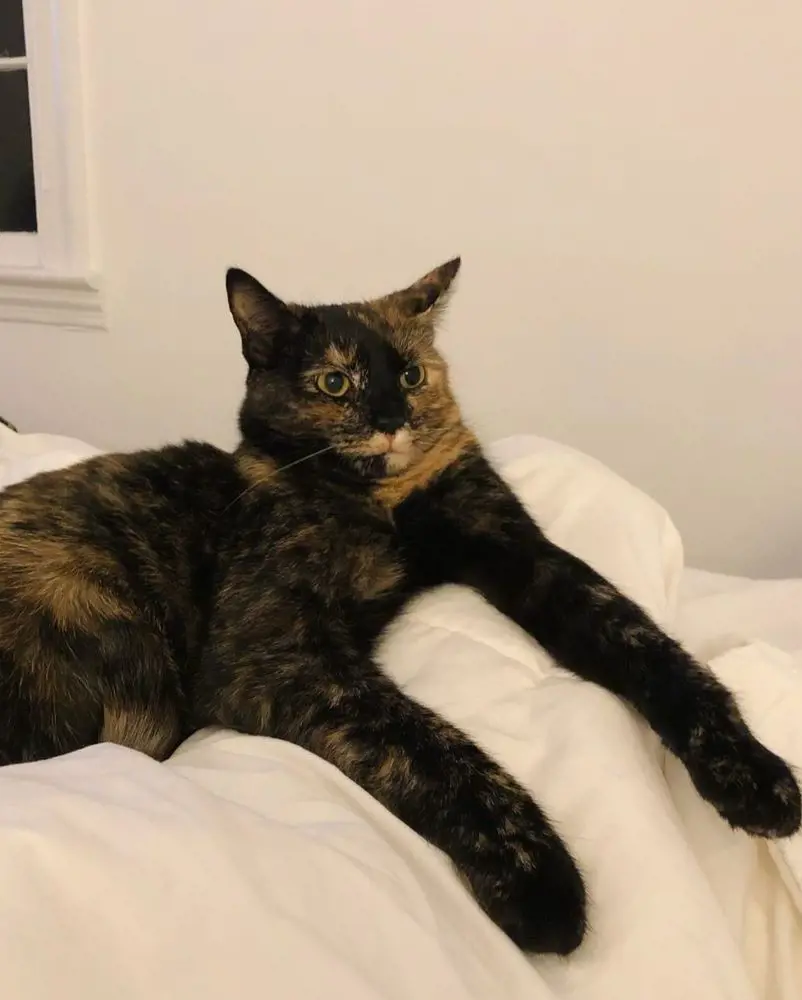
Tortoiseshell cats, also known as "calico cats" or "mi-ke", are considered a sign of good luck in Japanese culture. According to folklore, these cats have the ability to ward off evil spirits and bring good fortune to their owners. This belief stems from the fact that their coat is a combination of black, orange, and white, which are considered sacred colors in Japan. Black represents protection against evil, white symbolizes purity, and orange is associated with good luck.
Additionally, these cats are seen as a symbol of prosperity and wealth. In the Edo period, owning a tortoiseshell cat was considered a status symbol among the Japanese elite. This association with wealth and prosperity further solidified their reputation.
7. They Are Prone To Chimerism
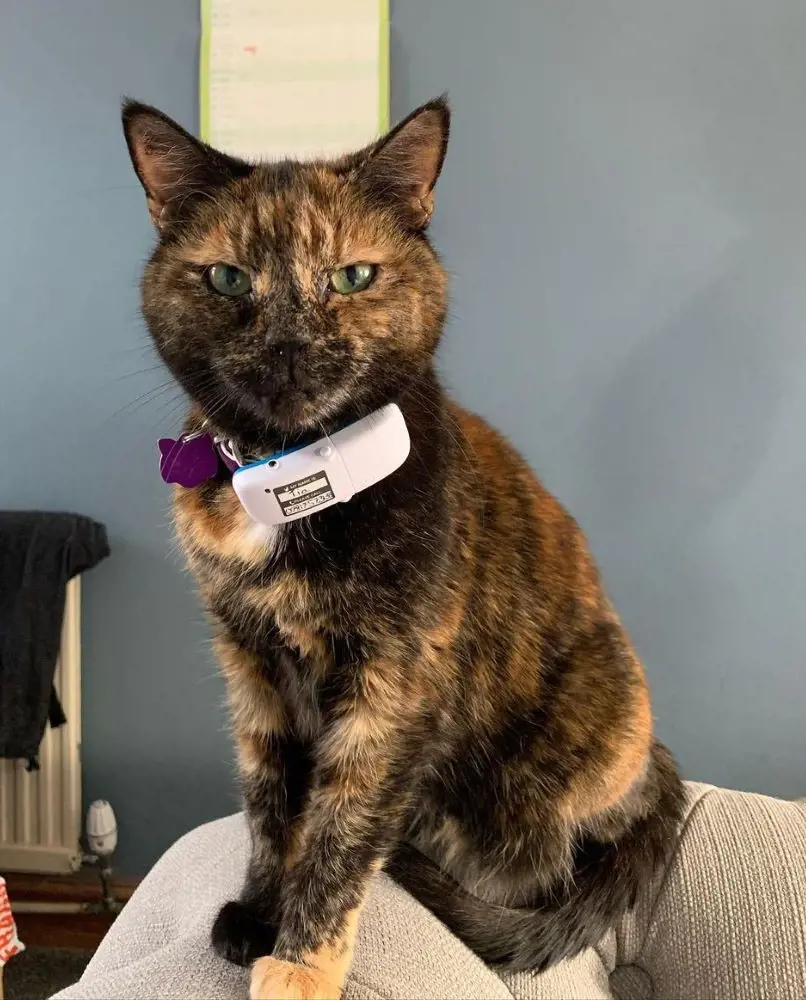
Chimerism refers to a genetic condition where the cat carries two different sets of DNA within its body. This occurs when two fertilized eggs fuse together during early embryonic development, resulting in a single individual with two distinct cell populations. In tortoiseshell cats, patches of different colors occur as a result of two distinct cell populations.
Chimerism in cats is not known to have any adverse effects on their health. The condition is purely genetic and does not typically cause any health issues or physical abnormalities. Cats with the condition are usually healthy and live normal lives. It is important to note that chimerism is a relatively rare occurrence and not all cats have the condition.
8. Tortoiseshells Are Iconic Pop Culture Figures
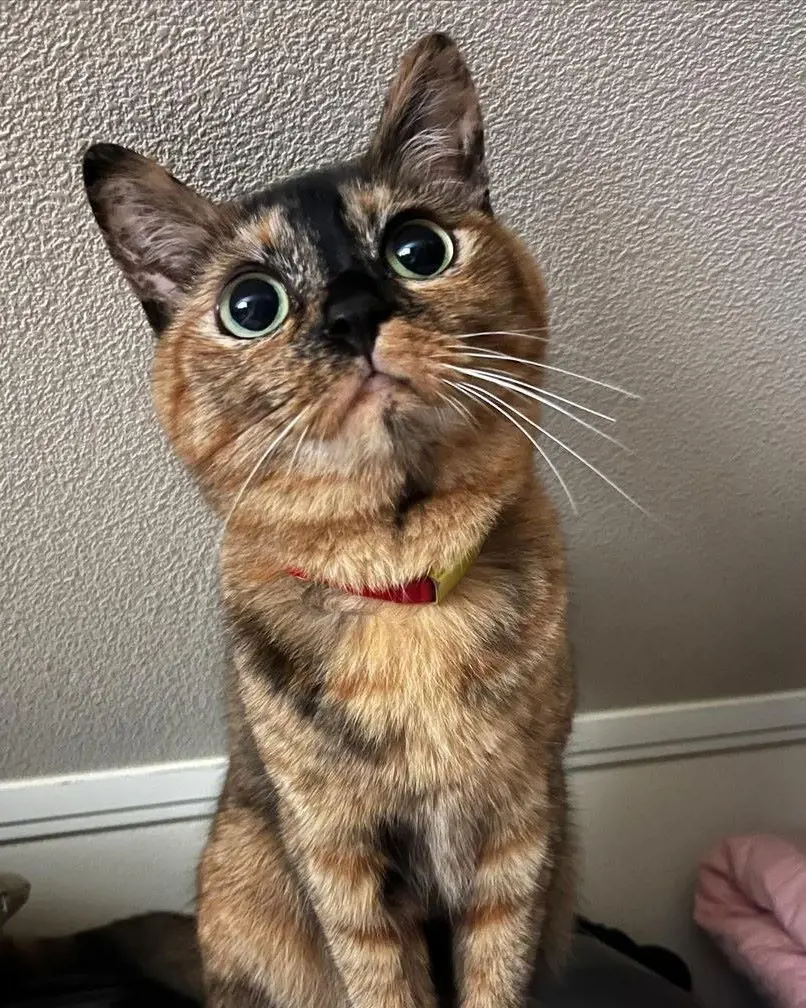
Tortoiseshell cats' significance in pop culture lies in their portrayal as mysterious, independent, and sometimes even magical creatures. In various art forms, they have been depicted as symbols of fortune. This belief is reflected in the artwork of Utagawa Kuniyoshi, a renowned ukiyo-e artist, who often included them in his prints.
Moreover, tortoiseshell cats have also made appearances in various movies and TV shows. One notable example is the character of Church in Stephen King's novel and subsequent film adaptation, Pet Sematary. Church is a tortoiseshell cat that plays a significant role in the story, representing both innocence and evil.
9. Their Coat Patterns Are Unique Like Fingerprints
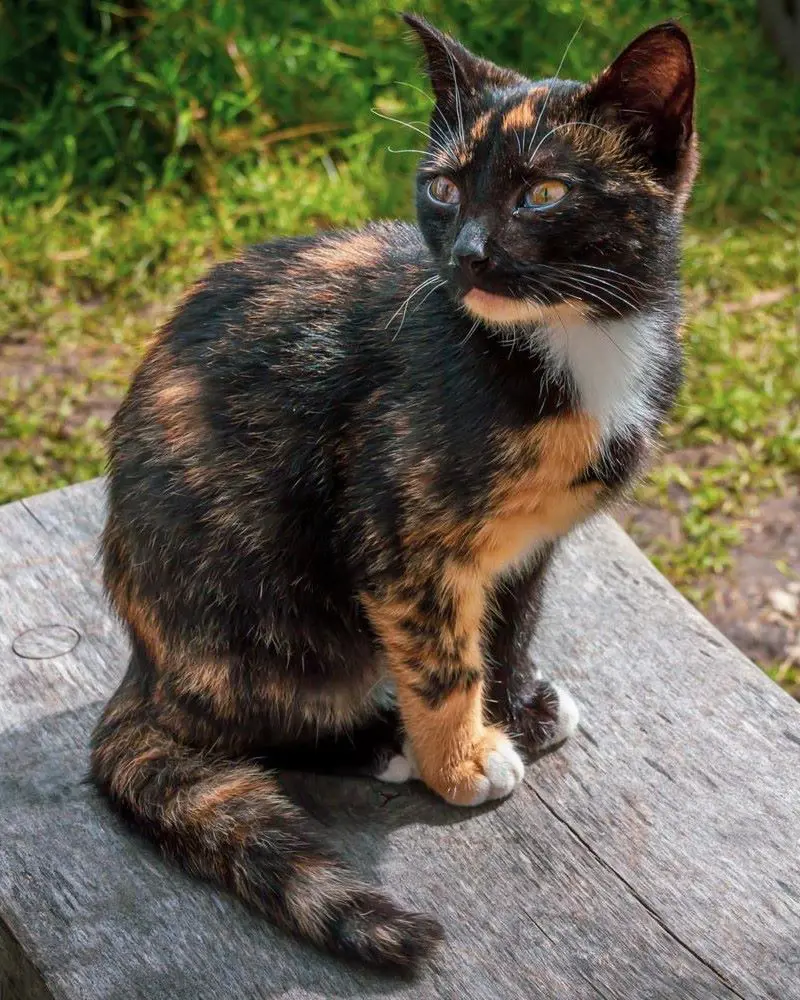
The coat patterns of tortoiseshell cats are indeed unique, akin to fingerprints. The distinctive aspect lies in the intricate and random distribution of these colors, creating a patchwork effect on the cat's fur. No two tortoiseshell cats have identical patterns, making each one truly unique.
The reason for this uniqueness lies in genetics. During embryonic development, random inactivation of one X chromosome occurs in each cell, resulting in a mosaic pattern of colors on the cat's fur. Similar to human fingerprints, the complexity and randomness of tortoiseshell coat patterns make them distinct and individual. This uniqueness adds to their charm and allure, making them visually captivating and highly sought after by cat lovers worldwide.
10. They Are At Risk Of Allergies And Dental Problems
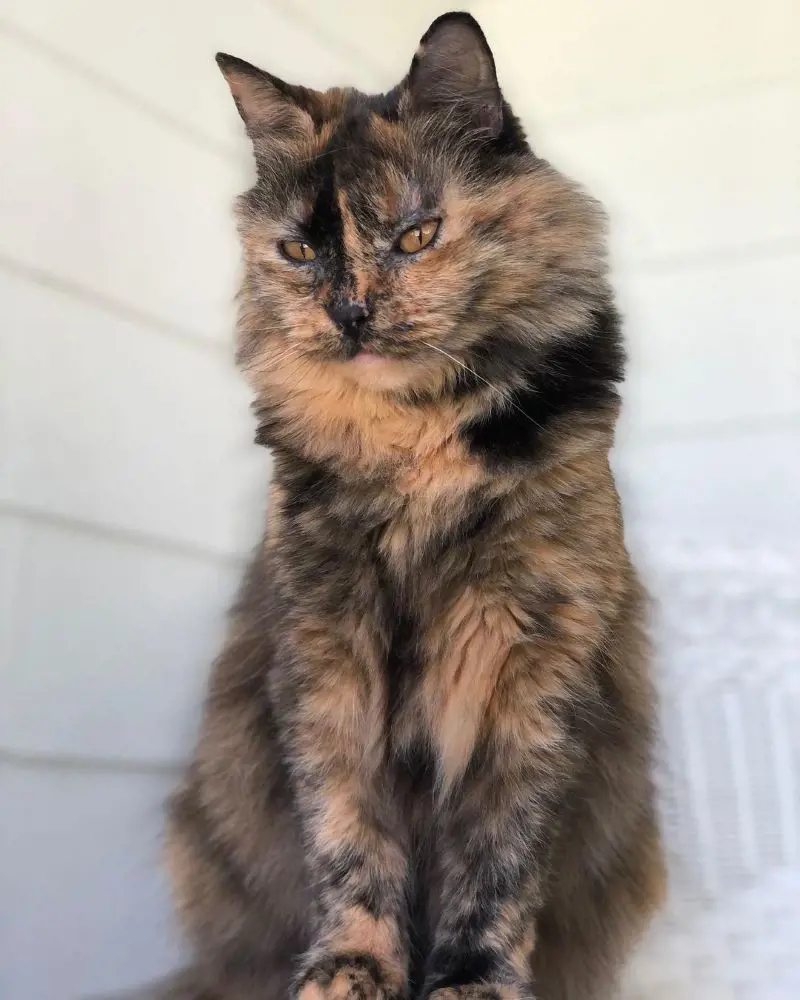
Like any other cats, tortoiseshells are susceptible to common feline health issues. These may include dental problems, obesity, urinary tract infections, feline lower urinary tract disease, and allergies. Further, they are also prone to certain genetic conditions such as polycystic kidney disease and hypertrophic cardiomyopathy. It is important to note that these health issues are not exclusive to these cats but can affect any breed.
To ensure the well-being of the cat, it is crucial to provide regular veterinary care, vaccinations, check-ups, and preventive treatments for parasites. Additionally, maintaining a balanced diet, providing mental and physical stimulation, and creating a stress-free environment are important for its overall health and well-being.
11. Tortoiseshell Cats Are Named After Their Coat
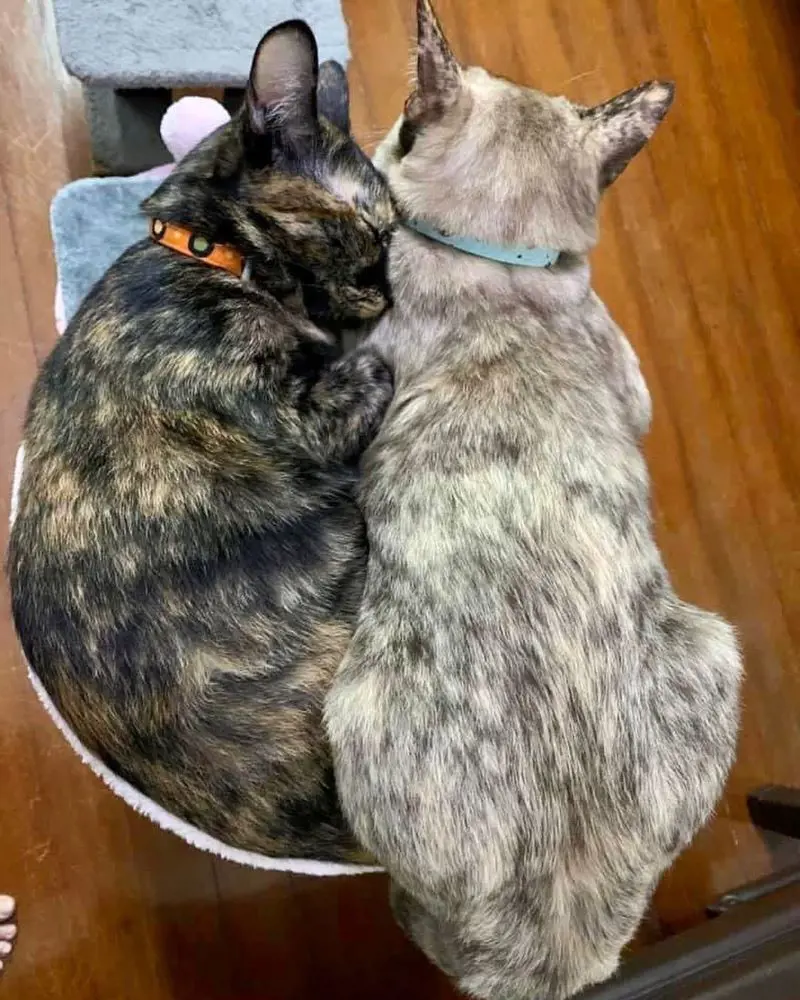
Tortoiseshell cats got their name due to their unique coat pattern resembling the shell of a tortoise. This pattern is a result of a specific genetic makeup known as "tortoiseshell" or "calico" genetics. The coat of a tortoiseshell cat consists of a mixture of two or more colors, typically black and orange, in irregular patches or mottled patterns. Sometimes, additional colors like white or brown can also be present.
The name "tortoiseshell" originated from the cat's resemblance to the pattern and colors found on the shell of a tortoise. The mixture of dark and light shades creates a beautiful mosaic effect, similar to the shell markings of a tortoise. The term "calico" is also used to describe these cats, particularly in the United States.
12. Their Coat Patterns Can Be Divided Into Mosaic And Chimera
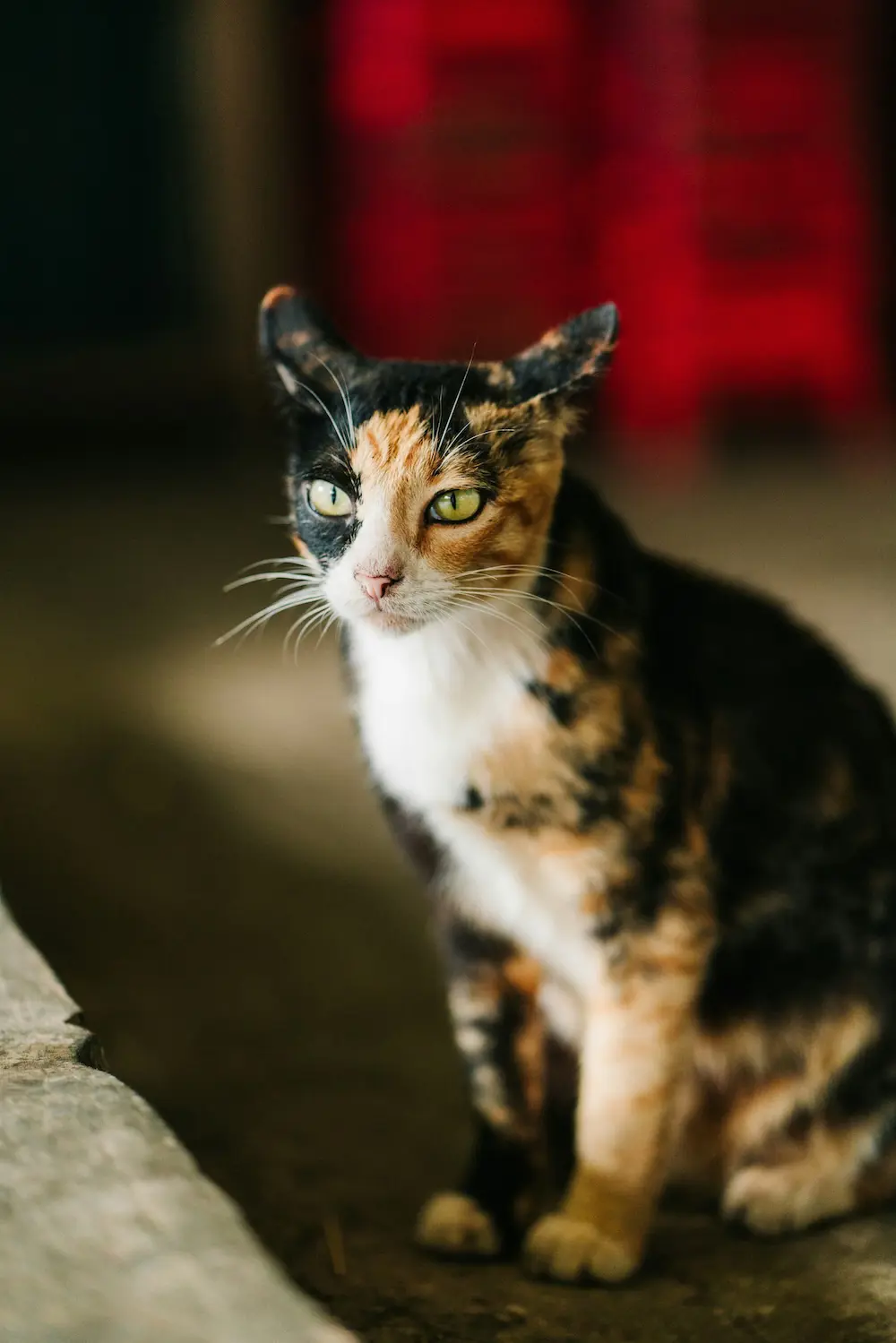
The Tortoiseshell cat's unique coat can be categorized into mosaic and chimera patterns. These patterns are a result of the cat's genetics and can be observed in the distribution of colors on their fur.
Mosaic coat patterns occur when different patches of colors are randomly distributed throughout the fur. Each patch can consist of various shades of black, orange, and sometimes white. Mosaic patterns create a beautiful and intricate look on the cat's coat, with no distinct pattern or symmetry.
On the other hand, Chimera coat patterns occur when two different sets of DNA are present in the cat's body. This happens when two embryos fuse together during early development, resulting in a cat with two distinct sets of cells. One side of the face may have a predominantly black coloration, while the other side may be mostly orange.
13. They Have A Lifespan Of Over 12 Years
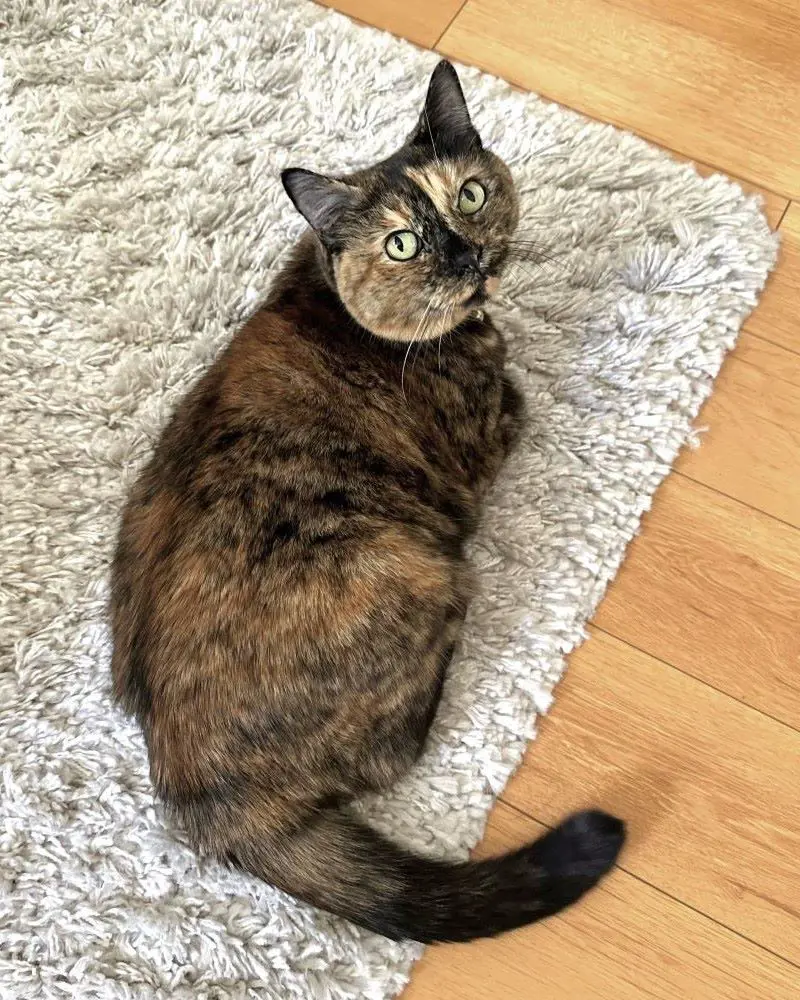
The average life expectancy of a tortoiseshell cat is reported to be about 12 to 16 years. However, with proper care and a healthy lifestyle, some cats may live even longer. Their lifespan is also affected by factors like individual genetics, diet, exercise, and overall well-being can greatly influence their life expectancy.
These felines go through various stages in their lives. As kittens, they require extra care, including proper nutrition, vaccinations, and socialization. During this stage, they grow rapidly, explore their surroundings, and develop their personalities. As they mature into adulthood, usually around 2 to 3 years of age, they become more independent and may exhibit territorial behavior.
14. They Are Called Money Cats In The US
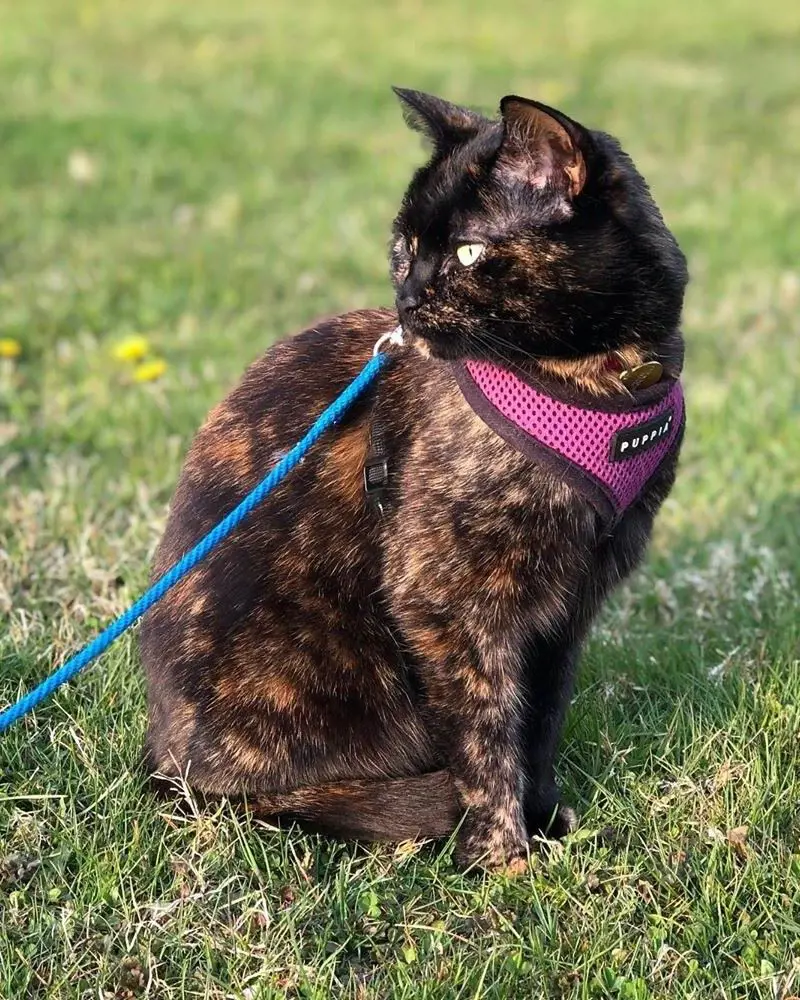
Tortoiseshell cats are often referred to as money cats in the US due to an old folklore belief that they bring good luck and financial prosperity to their owners. This superstition dates back to ancient times when tortoiseshell patterns were associated with wealth and abundance.
In many cultures, their unique combination of black, orange, and brown fur was believed to resemble the tortoiseshell color, which was used to make expensive jewelry. As a result, tortoiseshell cats were considered to possess the same allure and were thought to attract wealth. The term "money cats" gained popularity in the US as more people began to embrace the superstition surrounding these cats.
15. They Resemble The Photo Negative Of Calico Cats
Tortoiseshell cats indeed resemble a calico cat's photo negative due to their distinctive coat patterns. This is evident through their coloration and genetics. Calico cats are characterized by their tricolor coats, typically consisting of patches of black, orange, and white. In contrast, tortoiseshell cats exhibit a unique mottled pattern of black and orange fur, with no white patches.
If we were to invert the colors of a calico cat, replacing the white patches with the tortoiseshell pattern, the result would look like a tortoiseshell cat. Genetically, this similarity can be explained by the distribution of colors on the X chromosome.
Top Lists

